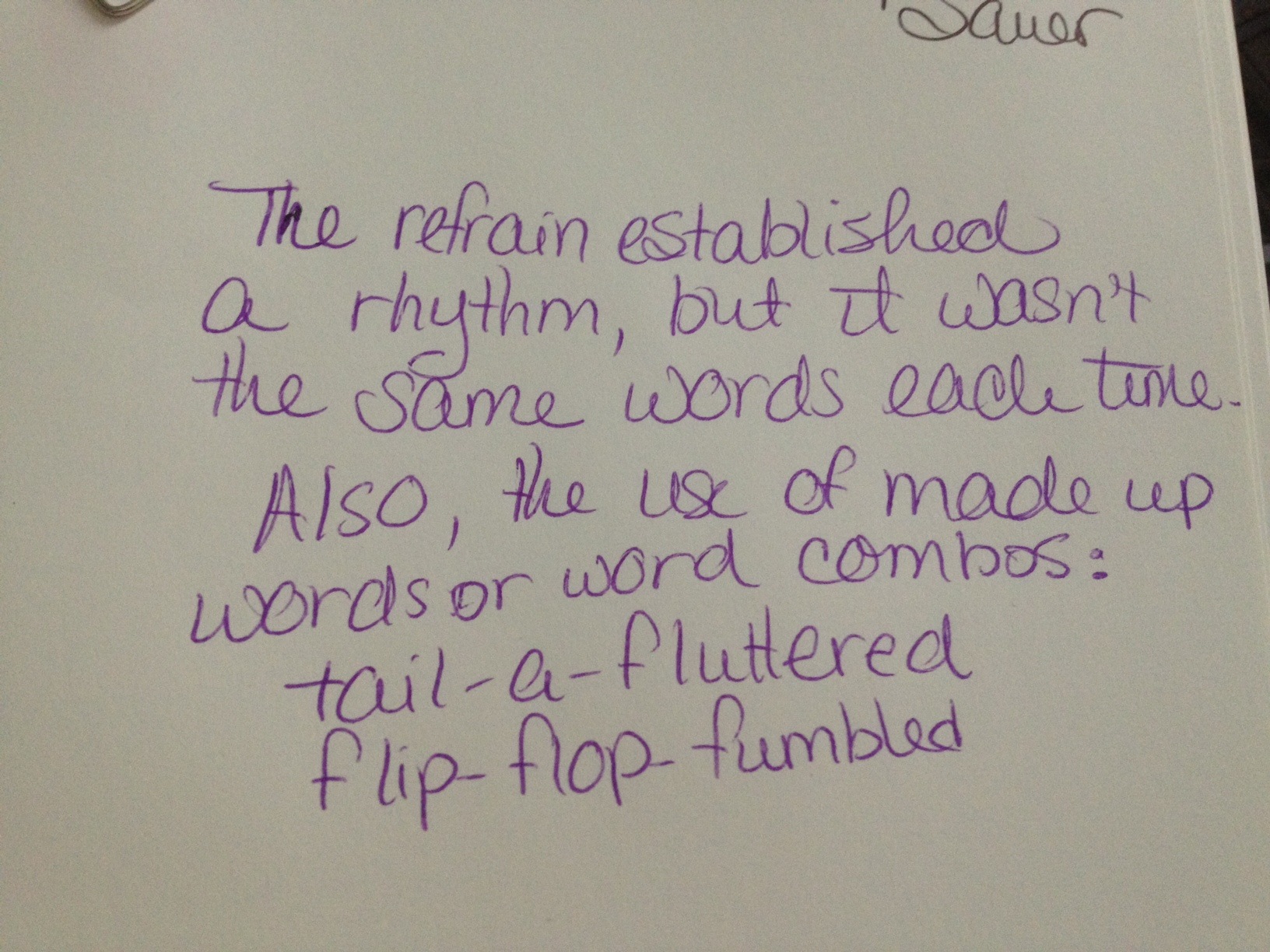Most writers are readers. We grew up absorbed in books. I was one of those kids who grew up without a television, so I was reading a book a day on average. I still read a lot now, but unfortunately, I don’t absorb good writing technique automatically. I have to be deliberate about it.
I study writing masters like a young baseball player might watch his favorite pro baseball player. He watches the game for fun, but he also studies the player’s technique. How does he hold the bat? Where does he position his feet?
As a teacher, I teach students to write by looking at how published writers pull it off. You can do the same. By using mentor texts to help improve your writing technique, you will be reading with a purpose: to find out how the authors made their writing work.
1) Identify the writing technique you want to improve.
Are your character descriptions not quite working? Do your endings fall flat? Is your climax not climactic?
Pick one thing to study at a time.
2) Find books that handle this technique well.
Start with books that you like and have read. Chances are, if you liked it, then the writer had you hooked for a reason. For example, I have been struggling with writing good endings for my picture books. I pulled every picture book off the shelf where I thought the ending worked well, especially ones with a little twist. Then I outlined how the writer got from beginning to end.
I typically use books from the genre I’m writing in, however, don’t feel limited that genre. If you are writing non-fiction, sometimes fiction techniques for writing description might be just what you need to bring your non-fiction to life (though, don’t fictionalize them). If you are writing picture books, read poetry to study condensed writing and stellar word choice.
3) Absorb the Writing
Hand-write the passage that really stands out to you to get a feel for it. I used Gary Schmidt’s book LIZZIE BRIGHT AND THE BUCKMINSTER BOY to study the ways he described characters at their first introduction. I hand-wrote an entire passage from this book in my journal.
Type out the story. If you are studying pacing for chapters or picture books, typing the story out (for your eyes only) is a good way to get a grip on how that book worked on the page.
Map it out. When I was struggling with pacing in my novel, I studied Barbara O’Connor’s THE SMALL ADVENTURE OF POPEYE AND ELVIS. Each chapter got its own index card where I recorded the characters, the setting, and the major plot points in that chapter. I also recorded how she ended each chapter. Then I looked at the book as a whole to help me understand how it was stitched together.
4) Be deliberate about what you notice.
If you write out or type up what you love, then you can mark it up. When I studied Schmidt’s character introduction, I used a colored pen to mark unique word choices he picked to describe the characters.
Highlight, underline, or write the things that you think make the passage stand out.
5) Reflect
Why does this passage work for you? It’s probably not just a few highlighted words. Look at it as a whole. Writes notes to yourself.
When I studied Tammi Sauer’s MR. DUCK MEANS BUSINESS, she had so many wonderful things going on in this book that I devoted several pages in my notebook to studying the multiple techniques that I liked. On one page, I looked at just her refrains.

I wrote a few short sentences next to the refrains about why I thought they worked.
6) Try it Out
When you find something that really works, try it out for yourself by applying the technique to your current work-in-progress.
For example, I wasn’t sure how to introduce a character in my current work-in-progress. I admired how Schmidt introduced Mrs. Elia Hurd for the first time in LIZZE BRIGHT AND THE BUCKMINSTER BOY by using a zooming technique: starting with the overall landscape, moving to the person, then to a particular feature on the person, and finally having the main character comment on the new character.
I tried this zooming in technique in a scene using one of my characters. I like the scene. I have no idea if it will make it into the actual book or if it’s just a good exercise to help me understand the two characters better, but I learned something in the process.
After reading Tammi Sauer’s refrain in MR. DUCK MEANS BUSINESS, I had an idea for revising a refrain in one of my own picture books. My refrain was repetitive and boring, and her book gave me an idea for how to change it slightly.
While I’ve always noted favorite passages in books, studying them for technique has helped me in conquering my writing demons. Instead of saying, “I’m terrible at endings,” I’ve been saying, “I need to study how good endings really work.” With each close, analytical read, I’m adding tools to my toolbox.
 Marcie Flinchum Atkins is a teacher and children’s writer who loves focusing on mentor texts in both jobs. She got her MA and MFA in children’s literature from Hollins University. She blogs about making time to write and using mentor texts at: https://www.marcieatkins.com
Marcie Flinchum Atkins is a teacher and children’s writer who loves focusing on mentor texts in both jobs. She got her MA and MFA in children’s literature from Hollins University. She blogs about making time to write and using mentor texts at: https://www.marcieatkins.com








